Introduction to Motorcycle Helmets
The Importance of Wearing a Helmet
Good motorcycle helmets are a critical piece of protective gear for riders. They serve not only as a stylish accessory but also as a lifesaver during accidents. Statistics show that wearing a helmet significantly reduces the risk of severe head injuries in crashes. In fact, the National Highway Traffic Safety Administration (NHTSA) reports that helmets reduce the risk of death by 37% and the risk of head injuries by 69%. Wearing a helmet can mean the difference between life and death, underscoring its essential role in motorcycle safety.
Types of Helmets and Their Functions
Motorcycle helmets come in various types, each designed for specific riding styles and preferences. The main types include full-face helmets, open-face helmets, modular helmets, and dirt bike helmets. Full-face helmets offer the most comprehensive protection, covering the entire head and face. Open-face helmets provide coverage for the head while allowing the face to remain exposed. Modular helmets combine features of both styles, allowing the front of the helmet to be lifted. Dirt bike helmets are designed specifically for off-road riding and often include visors and a more ventilated design. Understanding the different types of helmets helps riders select the right type based on their riding habits and safety needs.
Legal Requirements for Motorcycle Helmets
In many countries and regions, wearing a helmet is not just a safety recommendation but a legal requirement. The laws vary widely, with some places mandating helmets for all riders, while others require only novice riders to wear one. It is essential to understand the specific helmet laws in your area and comply with them. Failing to wear a helmet where it is required can lead to legal penalties, but more importantly, it puts the rider’s safety at risk. Staying informed about these regulations ensures a safer riding experience and shows respect for the law.
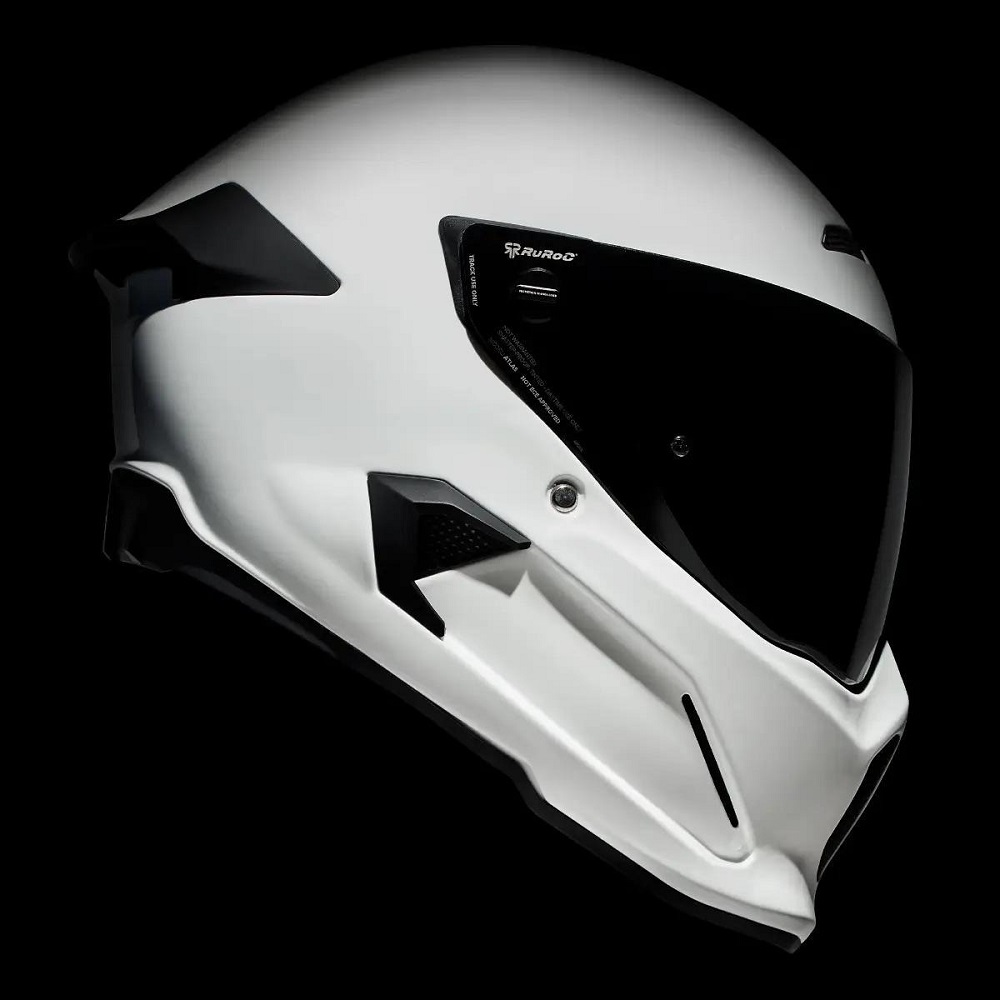
Assessing the Right Fit
Measuring for Size
Choosing the right size helmet is crucial for comfort and safety. A helmet that is too loose can come off during an accident, while one that is too tight can cause discomfort. To measure your head for the correct size, use a flexible measuring tape. Measure around the widest part of your head, typically just above the eyebrows and ears. Make sure the tape is snug but not too tight, as you want an accurate reading. Once you have your measurement, consult the sizing chart provided by the helmet manufacturer to find the correct size.
Trying on Helmets
After determining your size, it is important to try on several helmets to ensure a comfortable fit. Each brand or model may fit slightly differently, so trying them on is essential. When wearing a helmet, make sure it sits level on your head and does not impede your vision. The padding should make contact with your cheeks and forehead without feeling overly tight. Degree of comfort can differ from one helmet to another, so it is wise to spend time assessing how each one feels. Don’t forget to verify that the chin strap can be adjusted to secure the helmet properly.
Checking for Movement
Once the helmet is on your head, check for any movement. Shake your head gently to see if the helmet shifts around. A properly fitted helmet should not move significantly in any direction. If you find it shifts easily, it is likely too loose. A well-fitted helmet will stay in place even during quick head movements, providing the protection you need. If the helmet feels secure but you’re experiencing discomfort, consider trying another model or brand. The goal is to find a balance between security and comfort.
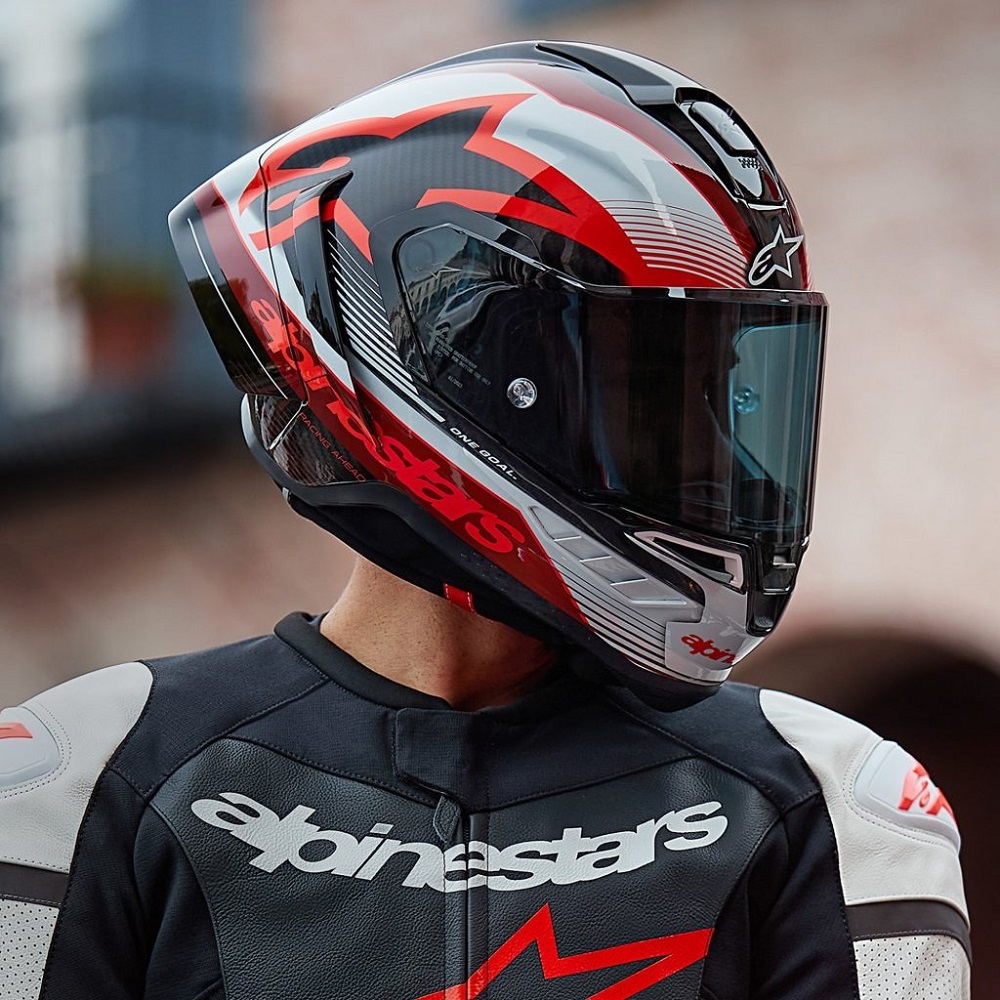
Understanding Helmet Safety Standards
Importance of Safety Certifications
When choosing good motorcycle helmet, it is essential to look for safety certifications. In the United States, the Department of Transportation (DOT), the Snell Memorial Foundation, and the American National Standards Institute (ANSI) set standards for helmet safety. A helmet that bears any of these certifications has undergone rigorous testing to ensure it meets specific safety requirements. Checking for these certifications is crucial, as they signify that the helmet offers adequate protection in the event of an accident. Investing in a certified helmet is a fundamental step toward ensuring your safety on the road.
Researching Brand Reputation
In addition to safety certifications, researching the reputation of helmet brands is vital. Renowned brands often invest heavily in research and development to improve safety features, comfort, and overall quality. Brands like Shoei, Arai, Bell, and HJC have established themselves as leaders in the good motorcycle helmets market. Reviews from other riders and expert opinions can shed light on the performance and longevity of different brands. By selecting a reputable brand, riders can feel more confident in the protection and reliability of their helmet choice.
Understanding Impact Ratings
Another aspect to consider when selecting a motorcycle helmet is the impact rating. Helmets are designed to absorb energy during a crash, minimizing the force transmitted to the rider’s head. Impact ratings demonstrate how well a helmet performs in crash simulations. An important measurement to look for is the Expanded Polystyrene (EPS) liner, which absorbs shock during an impact. In addition, some high-end helmets feature multi-density EPS for improved protection. Understanding the various impact ratings helps in selecting a helmet that not only fits well but offers advanced protection features.
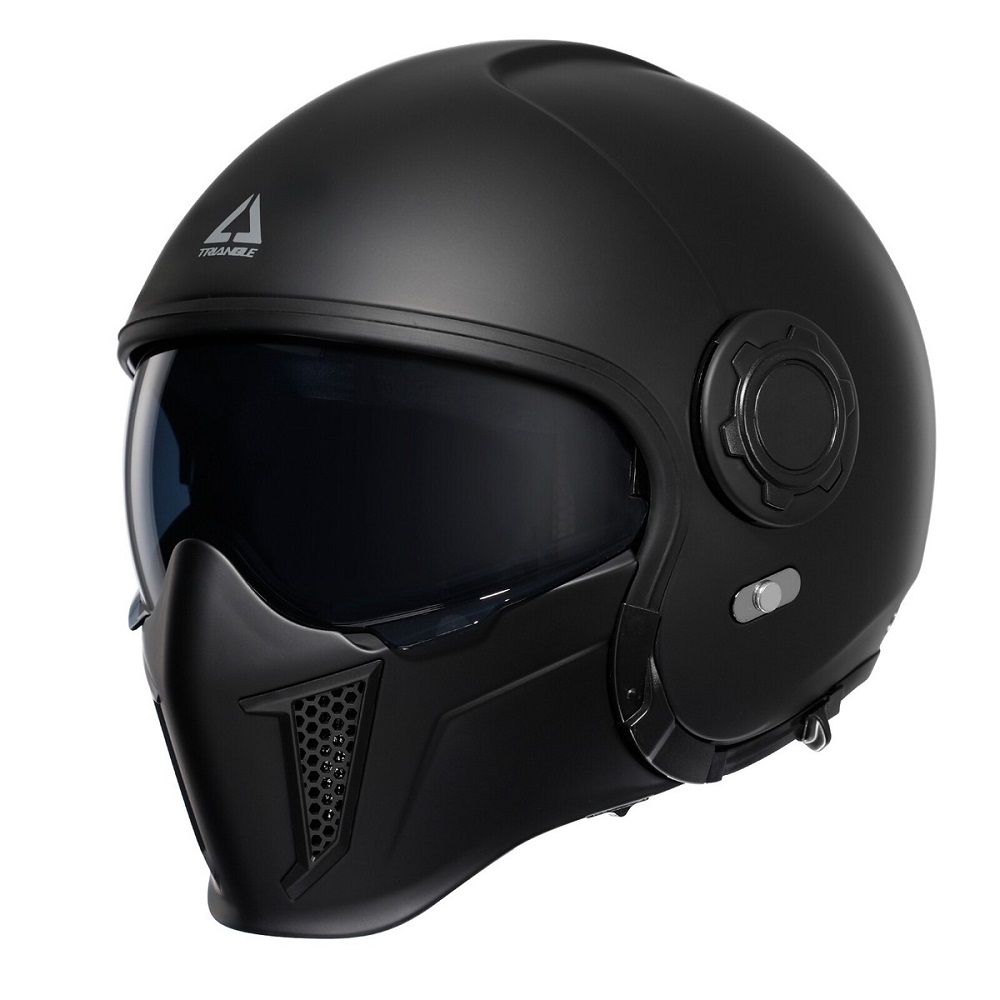
Choosing the Right Style
Full-Face Helmets
Full-face helmets offer the highest level of protection for riders. They encompass the entire head and face, providing excellent defense against wind, debris, and potential impacts. This style is particularly popular among sport and touring riders who prioritize safety during long rides or high speeds. Full-face helmets also often include features like ventilation systems and removable liners, enhancing comfort. Many riders appreciate the aerodynamic design that reduces drag, making them a great choice for those who enjoy adventure and high-performance motorcycling.
Modular Helmets
Modular helmets combine the features of full-face and open-face helmets, offering flexibility for the rider. These helmets have a hinged front that lifts up, allowing for easy access and ventilation while still providing face protection. This design is appealing for riders who want the option to remove the face shield while at a stop. Many modular helmets are equipped with advanced visor systems, making them ideal for riders who frequently transition between urban commuting and longer rides. Choosing a modular helmet allows for versatile use, catering to different riding styles.
Open-Face Helmets
Open-face helmets are an alternative for riders who prefer a more traditional and relaxed feel. These helmets cover the top and back of the head but leave the face exposed. While they offer less protection than full-face helmets, they provide excellent visibility and a sense of freedom. Open-face helmets are popular among cruiser and vintage motorcycle riders who enjoy a more classic look. Many riders appreciate the ability to communicate more easily and enjoy the fresh air while riding. If you opt for an open-face helmet, consider additional protective gear such as goggles to shield your eyes from wind and debris.
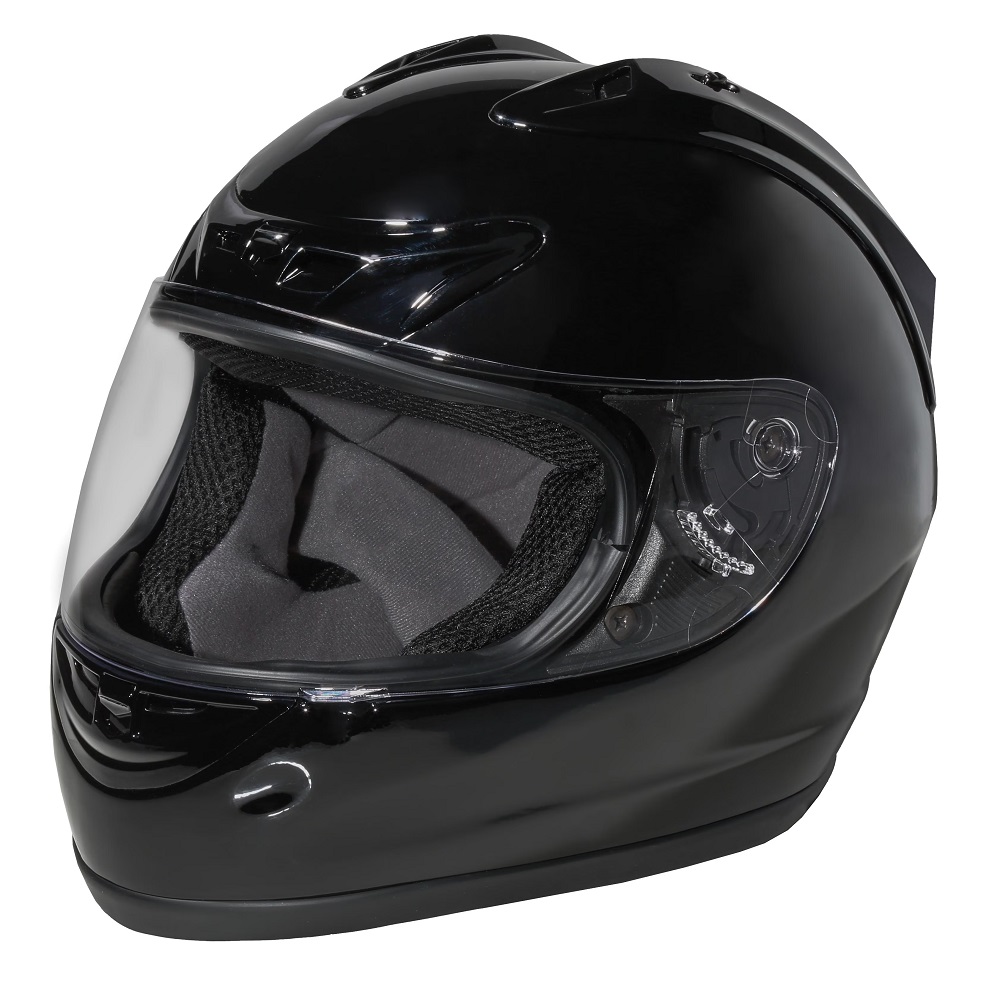
Personalizing Your Helmet
Customizing with Graphics and Styles
Personalizing your motorcycle helmet allows you to express your individuality. Many manufacturers offer various colors, graphics, and finishes to choose from. You may opt for a helmet with bold designs, intricate artwork, or even simple solid colors based on your riding style and personality. Some brands allow you to create custom graphics, enabling riders to showcase their creativity. Choosing a helmet that reflects your identity enhances your confidence on the road and establishes a personal connection to your riding gear.
Adding Comfort Features
Beyond exterior aesthetics, consider customizing the interior of your helmet for added comfort. Many helmets come with removable and washable liners, making it possible to tailor the fit to your preferences. Some manufacturers also offer additional padding options, allowing you to find the right balance in comfort. Comfort is especially essential for long-distance riding, as an ill-fitting helmet can lead to headache and discomfort. Additional features such as moisture-wicking materials further enhance the riding experience.
Utilizing Communication Devices
Incorporating communication devices into your helmet can enhance your riding experience significantly. Many brands offer helmets with built-in Bluetooth technology that allows for hands-free calls, music listening, and GPS navigation. This feature enables riders to stay connected without sacrificing safety. Ensuring the communication system is compatible with your existing devices helps streamline functionality. Choosing a helmet that allows such enhancements maintains your comfort while allowing for a seamless riding experience.
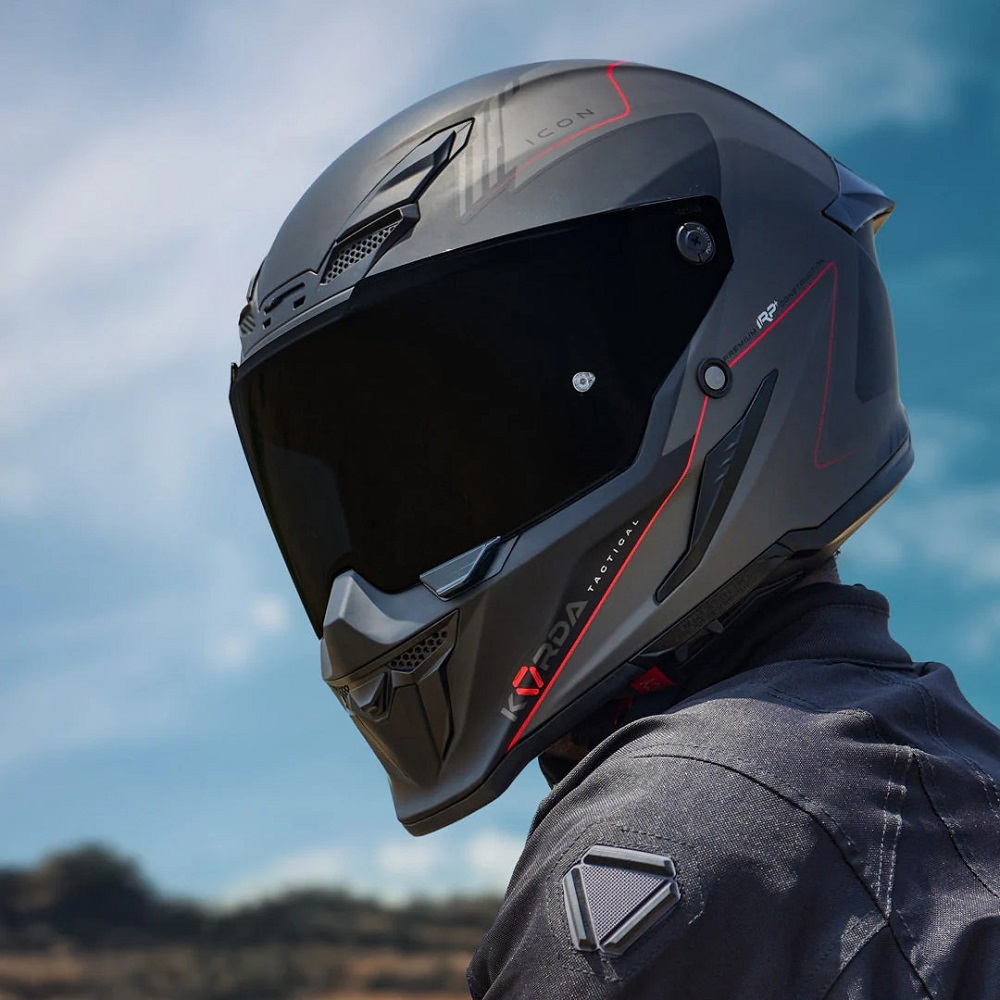
FAQ:
- What are the different types of motorcycle helmets?
- The main types of motorcycle helmets include full-face helmets, modular helmets, open-face helmets, half helmets, and dirt bike helmets. Full-face helmets provide the most protection, while modular helmets offer versatility. Open-face and half helmets are more lightweight and offer more ventilation but less protection.
- What safety certifications should I look for in a motorcycle helmet?
- When choosing a motorcycle helmet, look for safety certifications such as DOT (Department of Transportation), ECE (Economic Commission for Europe), or Snell. These certifications indicate that the helmet has undergone rigorous testing for impact resistance and safety standards.
- How do I know if a motorcycle helmet fits properly?
- A motorcycle helmet should fit snugly without being overly tight. It should sit level on your head, with the front of the helmet about one inch above your eyebrows. You should be able to move your head without excessive movement of the helmet. Make sure it doesn’t pinch your cheeks or feel uncomfortable.
- What features should I consider when choosing a motorcycle helmet?
- Consider features like ventilation (for breathability), weight (for comfort during long rides), visor options (clear, tinted, or fog-resistant), and interior padding (for comfort and moisture-wicking). Noise reduction and emergency release systems can also be important features for some riders.
- How do I maintain and care for my motorcycle helmet?
- To maintain your motorcycle helmet, regularly clean it with mild soap and water, and avoid harsh chemicals that can damage the shell or visor. Store it in a cool, dry place away from direct sunlight, and replace it every 3 to 5 years or after any significant impact, even if there’s no visible damage.
Conclusion: Invest in Your Safety and Style
The Value of a Good Motorcycle Helmet
In conclusion, investing in a good motorcycle helmet is one of the most important decisions any rider can make. Helmets not only protect against severe injuries but also enhance the overall riding experience. By understanding the different types, styles, and features, you can find a helmet that meets your safety needs while complementing your personal style. Choosing the right helmet is a critical step in ensuring your safety on the road, providing peace of mind as you ride.
Embracing the Joy of Riding
Wearing good motorcycle helmets allows you to embrace the joy of riding with confidence. The freedom that comes with being on a motorcycle is amplified when you know you have chosen a reliable helmet. Feeling secure in your gear allows you to focus on the experience—exploring new places, enjoying the wind on your face, and connecting with fellow riders. The right helmet fosters an enjoyable riding experience, encouraging a lifelong passion for motorcycling.
Be Prepared for Every Journey
As you navigate the world of motorcycling, remember to always prioritize safety by investing in high-quality gear, including affordable motorcycle helmets with high safety ratings. Your helmet should reflect your style, comfort preferences, and safety requirements. Understanding the personal nuances of what makes a helmet right for you allows for informed choices that enhance each ride. Whether you are a seasoned motorcyclist or just starting, embracing the responsibility of selecting the right good motorcycle helmets is the first step towards a fulfilling journey. With your helmet on and confidence high, the open road awaits!
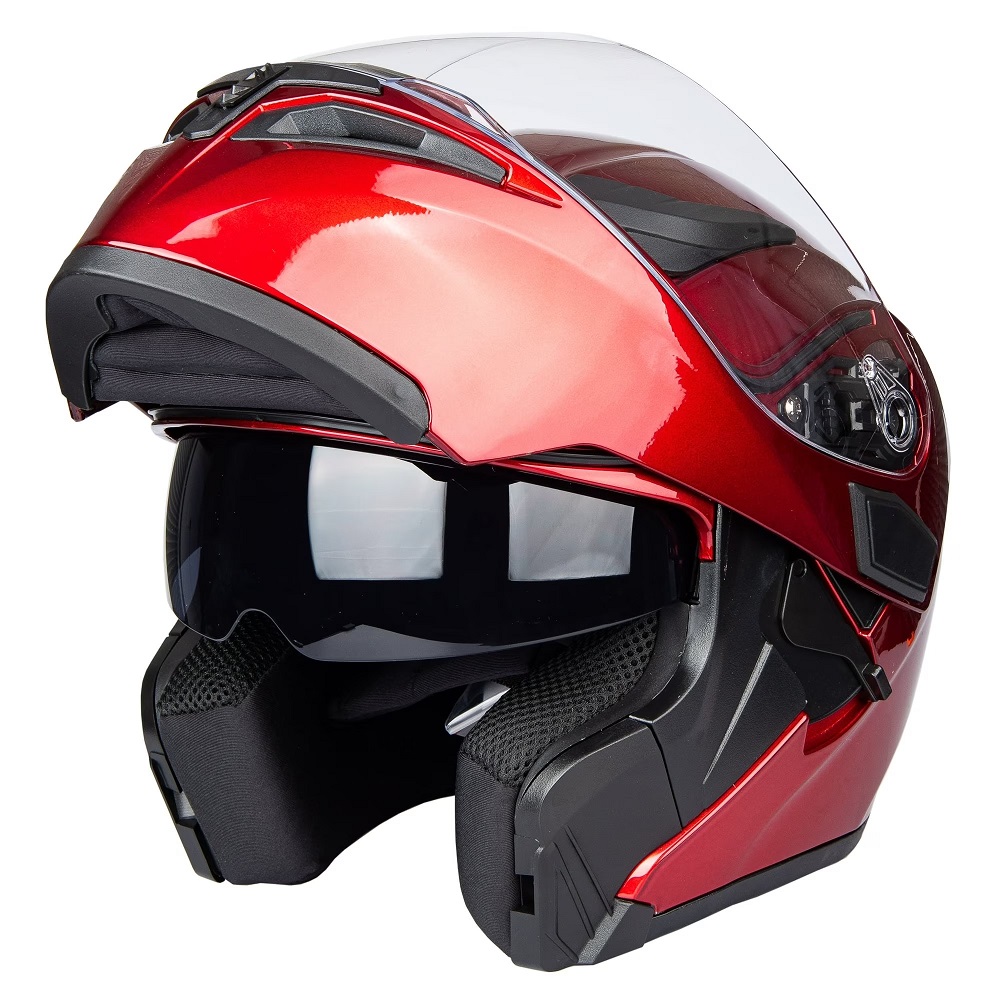
Leave a Reply